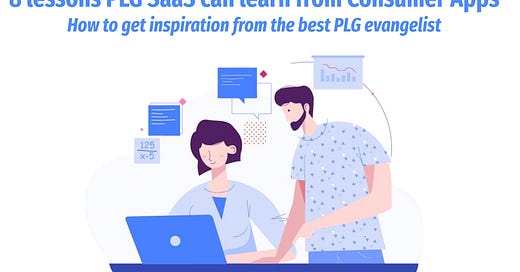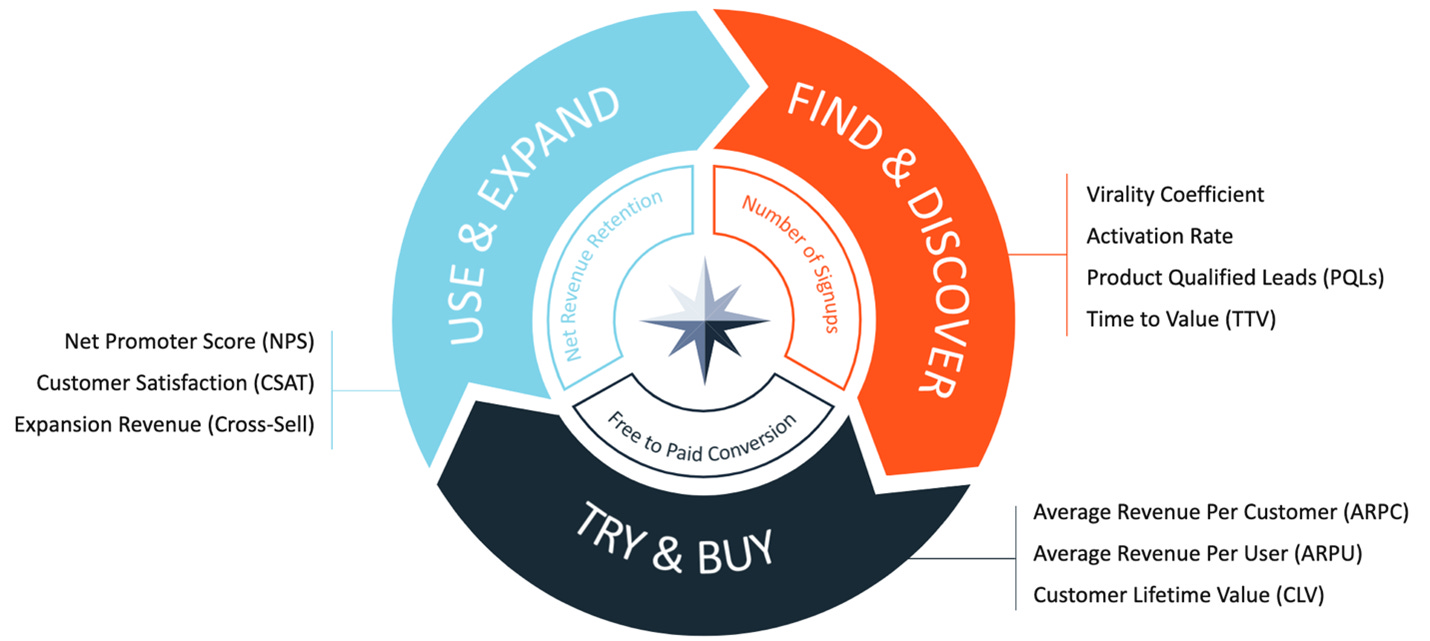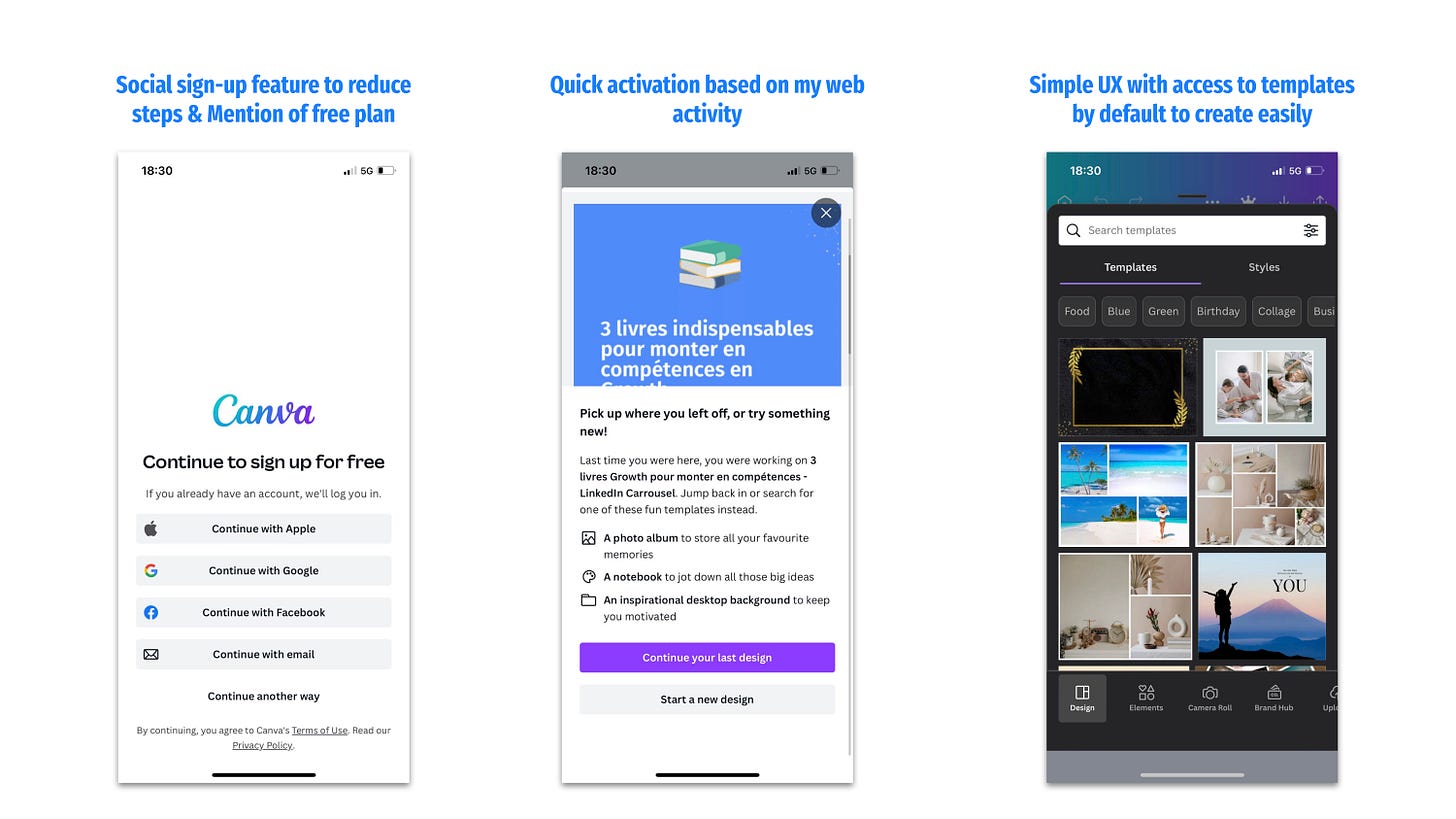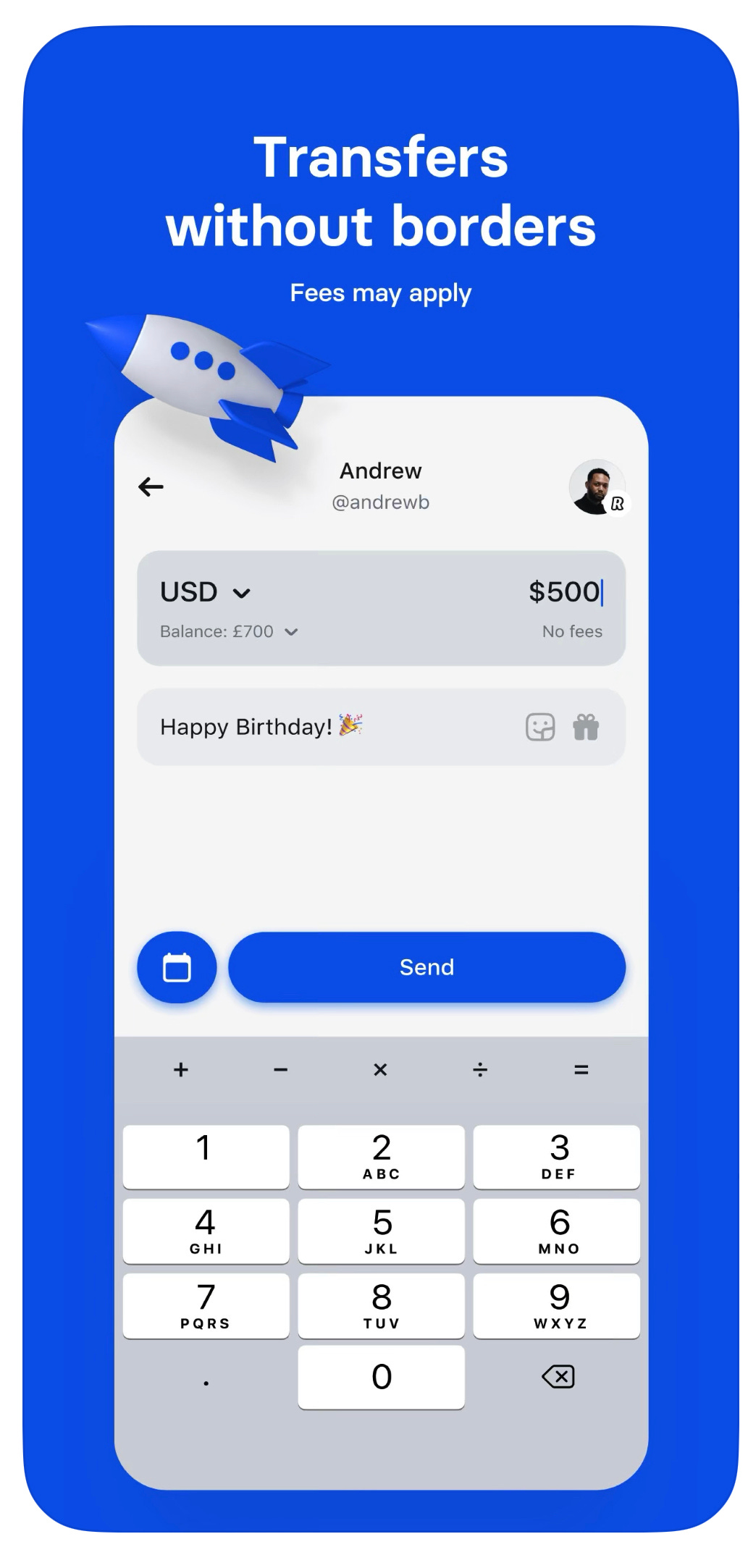8 lessons PLG SaaS can learn from Consumer Apps
How to get inspiration from the best PLG evangelist
👋 Hi Growth folks, it’s Pierre-Jean. Welcome to this new edition of The Growth Mind!
Every 2 weeks, I share Growth, Marketing, and Product advice and strategies.
If you don’t find it valuable, you can unsubscribe at any time at the end of the email.
The Product-led Growth (PLG) trend has tremendously been rising in recent months in the B2B SaaS industry.
Some amazing SaaS companies, like Figma, Slack or Notion have demonstrated that this model is sustainable for building a unicorn in the B2B industry.
The question now, for B2B SaaS, is not “Should I adopt a PLG strategy?” but more “When should I launch my PLG strategy?”.
While PLG is relatively recent in the SaaS industry, many Consumer Apps have been PLG for years. Product first mantra is the heart of apps like Spotify, Duolingo, Strava or Revolut. The PLG trend is not new for them.
B2B SaaS have a lot to learn from Consumer Apps, which have run successful PLG models for many years, with proven efficiency.
In this article, we’ll discover the 8 lessons the B2B SaaS industry can learn from Consumer apps.
What is Product-Led Growth (PLG)?
Product-Led Growth (PLG) is a model that positions the product as the main driver of growth, retention, and revenue.
PLG can be summarized in one sentence: “Experience the value of the product”
Show, don’t tell. That’s what PLG is all about.
PLG products are generally charaterized by key traits like:
Self-serve product, easy to try: talking to a sales is not required to try the product. You can directly experience its value.
Freemium or Free trial business model: as PLG companies need to show the value of their product, a business model including a free part, either for a trial or for reduced feature usage, is mandatory.
Focus on engagement and retention: as the usage of the product is the main driver of Growth for PLG companies, focusing on building a great product users engaged with is a must.
Products built to become viral: the product should be easy to share. Features like social sharing or collaboration are part of many PLG successful products.
In the B2B SaaS industry, where most organizations are historically driven by sales and marketing, PLG is a big change. Outbound, cold calls, and ads are not anymore the acquisition drivers. Virality, referral and organic replace them.
PLG companies focus on building products that are easy to try, adopt, and share.
Adopting a PLG model has many advantages:
Less friction for the users: they don’t have to talk to sales to try the product, they can do it by themselves and experience the core value fast.
Scalability: the product can be sell to 1 or 1,000 people with the same effort. Your team does not need to grow in accordance with the number of users.
Higher revenue per employee: as you need less people doing operations, revenue per employee is maximized.
Faster sales cycle: in PLG, Salespeople generally come to upsell/upgrade companies who already discovered the product. They don’t have to prove/show the product works, as users already tried it. The sales cycle is then faster than in a traditionnal sales-led model.
Lowered Customer Acquisition Cost (CAC): the lower friction helps to increase conversion, acquire more users and then reduce CAC.
The PLG flywheel, made by Insight Partners, describes the main metrics and journey stages you should focus on when doing Product-Led Growth:
8 Lessons B2B SaaS industry can take from Consumer Apps - With concrete examples
While the PLG model can be relatively new for most B2B SaaS players, it has been used for years by the vast majority of successful consumer apps.
Think about the best apps you regularly use:
Can you use them for free? Yes.
Do they have a free trial or a freemium business model? Yes, for many of them.
Do they propose a subscription to access premium features? Yes, very often.
Do you need to talk with salespeople before using them? No.
Is the product the main growth driver? Yes, definitely.
Do they rely on organic and virality to grow? Yes.
→ Successful Consumer Apps are the real PLG evangelists.
Let’s deep dive into the 8 lessons👇
Make onboarding quick and easy
Consumer apps master smooth onboarding. They are able to transform low-intent people into activated users in a few minutes. While some friction in the onboarding can be great, to ensure your users correspond to your target audience, the process should be easy and quick for your users.
A great example of onboarding with very low friction is the Canva mobile app:
Gamify product usage to create engagement
Gamification is the art of using games technics in other products. Many consumer apps have introduced gamification to create engagement.
Popular gamification technics include progression bars, leaderboards, rewards, and badges.
Strava, the app used by millions of runners over the world, is perfectly using gamification with challenges, leaderboards, and rewards:
Build a product designed to become viral
The majority of B2B SaaS learned to grow with outbound and sales at the heart of their model. But to adopt a PLG approach that is more scalable, they should be inspired by the way Consumer apps acquire users.
Many consumer apps are built to become viral, with sharing or collaborative features.
Revolut, the famous neo bank, allows you to easily send money to a friend. This by design a feature built to make the product viral. I can motivate someone to become a Revolut user by reimbursing him:
Spotify, with the “Year in Review” feature, is also a great virality example. Current Spotify users are incentivized to share the songs they listen to the most on social networks, making Spotify visible to all their friends:
Understand that Retention and Engagement is the core of growth
In Product-Led Growth, Retention and Engagement are the basis of the growth engine that drive Acquisition and Monetization.
To acquire more users and get revenue from them, every PLG company needs before to make users love the product.
Twitch, the streaming platform loved by gamers, is a king of engagement. They are doing really better in engaging than Youtube or Facebook gaming.
Having engaged users, with a strong watch time, is a powerful asset for Twitch to monetize.
Deliver value fast
In PLG, you can deliver value to your users in a few minutes only. As users don’t need to talk with sales reps before trying the product, they can experience value faster.
The faster they experience the core value of your product, the better they will activate and engage.
Airbnb does it smartly for their hosts. They create an aha moment proxy when hosts start listing their housing by directly showing them how much they can save with Airbnb:
This technic increases user motivation to do the onboarding and directly proves that Airbnb has value for the host.
Use educational content and automated support to make users autonomous
As PLG products need to be scalable, avoiding human support in the vast majority of questions or concerns your users can have is necessary.
To do that, PLG companies should:
Provide high-quality educational content: this content (video or text) is supposed to educate your users on how your product and main features work. Product Marketing and Customer Service teams need to build jointly this content, based on the top requests support receives from users.
Automatize customer support: as educational content can’t answer all questions your users may have, think of having automated customer support (with chatbots for example). The rise of AI-powered tools is a huge opportunity to better automate support.
These two technics should allow you to handle the majority of support requests from your users. For the low percentage how requests that are not satisfied, real human intervention (by phone or email) should be provided.
Rise, the app to improve sleep time and quality, has built great content to educate users and answer their main questions:
Put UX and design at the heart of the product
PLG products should be easy to use and understand, especially because there are no dedicated people that will help users use the app. That’s why having a great UX and design is key. Users should be able to experience the value of the product intuitively.
Uber has done it perfectly. When a user connects to the app, he can book a ride in 3 clicks and a car will arrive in a few minutes.
They made booking a ride as simple as searching for something on Google, reducing all unnecessary friction.
Leverage network effects
Network effects happen when the value of a product or service increases as more people use it.
The more people use the product, the more value the next user will get from the product. Network effects create a virtuous cycle. This is especially true for marketplaces, where the quality of the marketplace increase as more supply and demand come to the platform.
GetAround, the car rental marketplace, is a great example of leveraging network effects. With a lot of supply, it will be very easy for a user to find a car to rent near his home. And it will be easy for car owners to rent their cars too.
In the center of Paris, I directly have access to 30+ cars in a 15min walk radius near my location:
Those lessons from successful consumer apps are a gold mine for B2B SaaS. In the future, we’ll very likely see more and more B2B self-serve products with technics inspired by the B2C world.
However, let’s not forget that even if product-led growth is fully applicable to every SaaS company, sales intervention is still necessary to close enterprise contracts.
To close the high tickets, having sales identifying the product-qualified leads in a company, who would be able to upsell individuals or small teams plans, is a must.
That’s all for today! Congrats on reading this article, you did it!
See you in 2 weeks for the next edition of The Growth Mind. 👋














